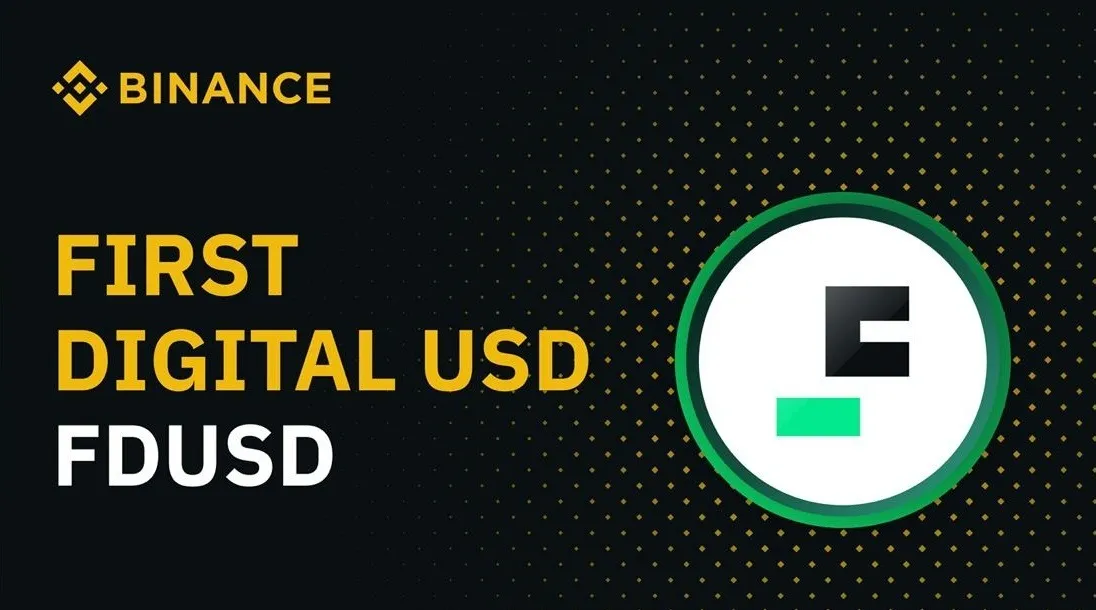
New Stablecoins: what has changed in the market?
The cryptocurrency market is quite dynamic, not only new technologies, coins, startups, but also stablecoins appear on it. They, in turn, as well as other innovations seek to solve the problems of their predecessors.
How do stablecoins work and why are they needed?
Stablecoins are cryptocurrencies whose rate is linked to the value of traditional assets such as the US dollar, euro or gold. They are designed to reduce the volatility that characterizes most digital currencies and provide the convenience of settlement and capital preservation.
What were some of the problems with the old steblecoins?
The stackablecoin market has faced several major problems:
1. Centralization problems
Many early steblecoins (e.g. USDT) were centralized, which meant dependence on a specific company or group of individuals to manage the issuance and collateral. This caused the following problems:
-
Lack of transparency - users could not verify whether the issued steblecoins were actually backed by real assets.
-
Risk of manipulation - a company could issue tokens without real collateral.
-
Regulatory pressure - governments and financial regulators could restrict the issuer’s activities or freeze accounts.
2. Collateral issues
Stablecoins can be backed by a variety of assets. However, older projects often had the following problems:
- Fiat collateral
Issuers claimed full provision, but in reality collateralization could be partial. In doing so, banks could freeze the issuer’s accounts, jeopardizing the liquidity of the stablecoin. Collateralization was also an issue, because if the collateralizing asset lost value, the stability of the stablecoin would be compromised in its wake.
- Cryptocurrency collateral
If the price of the underlying asset (e.g., ETH) fell sharply, the steblecoins secured by it could depreciate in value. Therefore, security required collateral coverage above 100% (e.g., 150%), making the system inefficient.
- Algorithmic models
Some steblecoins used algorithms to regulate the price without being backed by real assets. This led to the following problems:
-
Death spiral - if trust was lost, the algorithm may not have had time to stabilize the exchange rate, leading to a crash.
-
Speculator attacks - attackers could manipulate the market, crashing the stablecoin.
-
Time complexity of the algorithm - a way to describe how long the algorithm would take to execute depending on the size of the input data.
3. Technical Vulnerabilities
-
Vulnerabilities in smart contracts - bugs in the code could lead to hacking and loss of user funds.
-
Centralized points of failure - if an issuer’s network or service was under attack or shut down, users lost access to their funds.
-
Network congestion - high load on the blockchain led to delays in transaction processing and higher fees.
4. Regulatory challenges
-
Bans and restrictions - governments could ban the use of certain stablecoins, making it difficult to legally use them.
-
KYC/AML requirements - many countries require issuers to comply with anti-money laundering regulations, limiting access for anonymous users.
-
Legal uncertainty - lack of clear regulation led to risks of sudden bans.
5. Lack of scalability
-
High fees - during peak periods, fees on Ethereum or Bitcoin networks made using stablecoins expensive.
-
Slow transactions - some blockchains processed transfers with delays, especially during network congestion.
-
Limited cross-chain compatibility - older stablecoins rarely supported running on multiple blockchains simultaneously.
Overview of new stablecoins and their features
To date, several widely used stablecoins have emerged that have a number of differences from their predecessors.
PYUSD (PayPal USD)

PYUSD cryptocurrency is a stable digital currency from PayPal, fully backed by liquid assets such as USD deposits and short-term government bonds. PYUSD is focused on mass usage as well as integration with payment systems.
FDUSD (First Digital USD)

FDUSD is a new stablecoin released by First Digital. It meets strict regulatory requirements and is backed by real assets, making it a reliable means of settlement and store of value.
EURC (Circle Euro Coin)

Eurocoin (EURC) is a stablecoin pegged to the euro. Eurocoin coins are issued by Circle, a company known for the USDC. It is one of the few steblecoins backed by European financial assets, making it convenient for users in the Eurozone.
How do the new steblecoins solve old problems?
1. Increased decentralization
Solutions:
-
DAO management - the community controls the issuance and management of the steiblcoin through decentralized autonomous organizations.
-
Distributed reserves - collateral is stored in decentralized smart contracts rather than a single bank or company.
-
Need to vote for changes - any modifications to the system require the approval of management token holders.
2. Increased transparency of collateral
Solutions:
-
Real provisioning with audits - many stablecoins (e.g. USDC, TUSD) publish monthly reports from auditing companies.
-
Onchain transparency - decentralized stablecoins use smart contracts that allow anyone to check the status of reserves in real time.
-
Multi-level collateralization - reserves are spread across different assets (e.g., a stablecoin can be partially collateralized with fiat, partially with cryptocurrency).
3. Enhanced collateral models
- Fiat-Backed.
Fully backed by banks and financial institutions, and backed by government bonds and short-term assets. Which reduces the risk of loss of value.
- Cryptocurrency collateral (Crypto-Backed)
Excess collateral (e.g. 150% instead of 100%) to protect against volatility. Having automatic liquidations prevents stability from being disrupted when the price of the collateral falls below a certain level.
- Hybrid collateral
Using a combination of assets (e.g. fiat + cryptocurrency reserves). This collateral allows for a balance between stability (fiat) and decentralization (crypto assets).
- Algorithmic collateral
-
New algorithmic models provide a more stable stabilization of the exchange rate.
-
Insurance funds and reserve pools are used to avoid a “death spiral”.
-
Slower rate adjustments to reduce volatility.
4. technical stability and security
Solutions:
-
Smart contract audits - systems are audited by independent companies before launch.
-
Distributed control keys - critical functions of the system are shared between different nodes or managed by DAOs.
-
Attack defense protocols - mechanisms against flash attacks and liquidity manipulation.
5. Compatibility and scalability
Solutions:
-
Multi-chain support - issuing a stablecoin on multiple blockchains (Ethereum, BSC, Solana, Avalanche, etc.).
-
L2 solutions - using Layer 2 (Arbitrum, Optimism) reduces fees and increases transaction speeds.
-
Bridges between blockchains - allows moving stablecoins between networks without losing liquidity.
Prospects for the development of stablecoins
The development of stablecoins is moving towards increased regulatory control and integration with traditional financial institutions. In addition, CBDC (central bank digital currencies) can change the market by creating competition to private stablecoins. The launch of CBDCs in various countries demonstrates the desire of governments to create public digital currencies.
FAQ
1. What is a stablecoin?
A stablecoin is a cryptocurrency whose exchange rate is pegged to fiat money or other assets to reduce volatility.
2. Which stablecoin is best?
The choice depends on the purpose of use. For example, PYUSD is convenient for payments, FDUSD - for long-term storage, and Eurocoin is suitable for users in Europe.
3. CBDC what is it in simple words?
Digital currencies CBDC (central bank digital currency) is a government digital currency that is analogous to fiat money, but in digital form.
4. Which countries are implementing CBDC?
Countries implementing CBDCs include China, which is already actively testing the digital yuan, as well as the European Union, the United States and other countries exploring the possibility of launching CBDCs.
5. What is the difference between algorithmic stablecoins and secured stablecoins?
Algorithmic stablecoins adjust the price using algorithms, while secured ones have real assets in reserve.